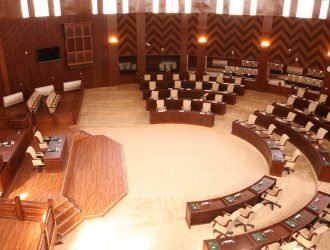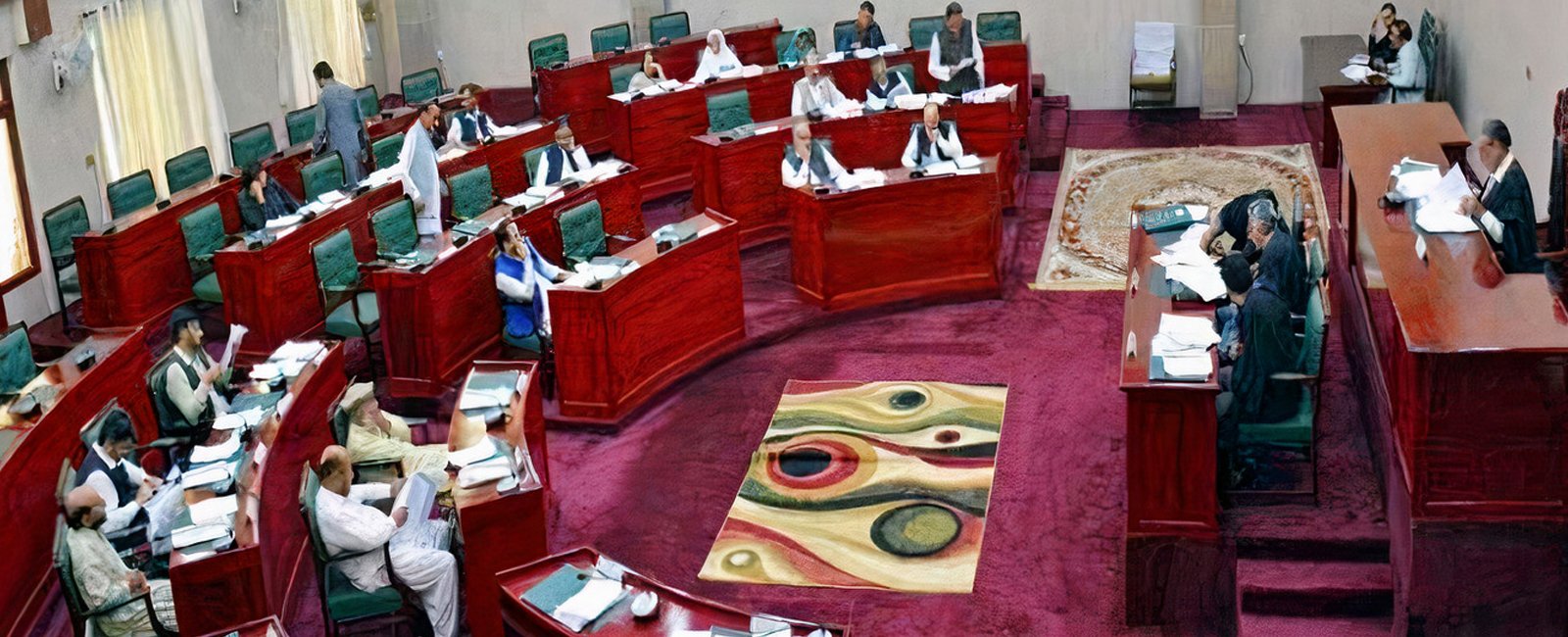Who won the Gilgit Baltistan elections the last two times?

In a landmark judgment delivered by the Supreme Court of Pakistan in May 1999, the people living in the northern areas of Pakistan were declared citizens of Pakistan and told they could invoke “constitutionally guaranteed fundamental rights”.
The government was asked to take proper measures to ensure that the people thus were given these rights.
However, it was only until 2009, when during the PPP era the area came to be called Gilgit Baltistan and was given its own legislative assembly and chief minister.
The Gilgit Baltistan Assembly comprises 33 seats. Of these, 24 are elected by popular vote, six are reserved for women and three for technocrats and professionals. The reserved seats are given to parties in proportion to the number of elected seats won.
The unicameral* legislative body was formed in 2009 when the Gilgit-Baltistan Empowerment and Self-Governance Order was passed by PPP.
According to Article 48 of the Government of Gilgit-Baltistan Order, 2018, the assembly continues to operate for five years from the date appointed for the first meeting.
*This basically means the Gilgit Baltistan Assembly has only one house, unlike Parliament, a bicameral body which is comprised of the National Assembly and Senate.
Building facilities
The assembly itself is housed in what the official website describes as an "Assembly Hall".
This hall comprises 33 seats for each of the Assembly members.
Additionally, there is a Governor's/Speaker's Gallery which can be used to host guests of honour. It has 25 seats for guests and 25 seats for top officials of the GB government.

On the upper deck of the gallery holds 80 seats for other distinguished guests and reserves 25 seats for members of the media.
An administration building that was inaugurated in 2018 has room for 20 offices. It also contains a Conference Hall for 40 people and two committee rooms, one for 15 and one for 12 people.
A library is also located inside the assembly building, besides a media centre where journalists can find all the facilities required for coverage of an assembly session, such as internet access, photocopying, and printing facilities.
2015-2020 assembly
In the most recent elections for the assembly, held in 2015, PML-N had emerged as the party with the greatest number of seats — 21 — and so is the one with the most to lose this time around.
Of the remaining 12 seats, Islami Tehreek Pakistan bagged four, Majlis Wahdate-e-Muslimeen three, PPP two, and Jamiat Ulema-e-Islam (Fazl), Pakistan Tehreek-e-Insaf, and Balawaristan National Front got one each.
Fida Muhammad Nashad of the PML-N was elected Assembly Speaker and Jafarullah Khan, also from PML-N, was elected Deputy Speaker.
The Leader of the Opposition, belonging to Islami Tehreek Pakistan, was Mohammad Shafi Khan.
2009-2014 assembly
Back in 2009, when the first elections for the assembly took place, the PPP had secured 20 seats.
Of the remaining 13, Jamiat Ulema-e-Islam (Fazl) got four, PML-N and PML-Q obtained three each, and Islami Tehreek Pakistan, Muttahida Qoumi Movement and Balawaristan National Front had one each.
Wazir Baig of the PPP was chosen as Assembly Speaker and Jamil Ahmed, also from PPP, was appointed Deputy Speaker.
Initially, the assembly lacked a Leader of the Opposition. Bashir Ahmed, of the PML-Q, was appointed as the first opposition leader nine months after the election.
Comparison chart
The graphic below shows the composition of the assembly from 2009-2014 and from 2015-2020.
(Check back after the election to see which parties gained and which lost seats in the fight for the 2020-2025 tenure.)




